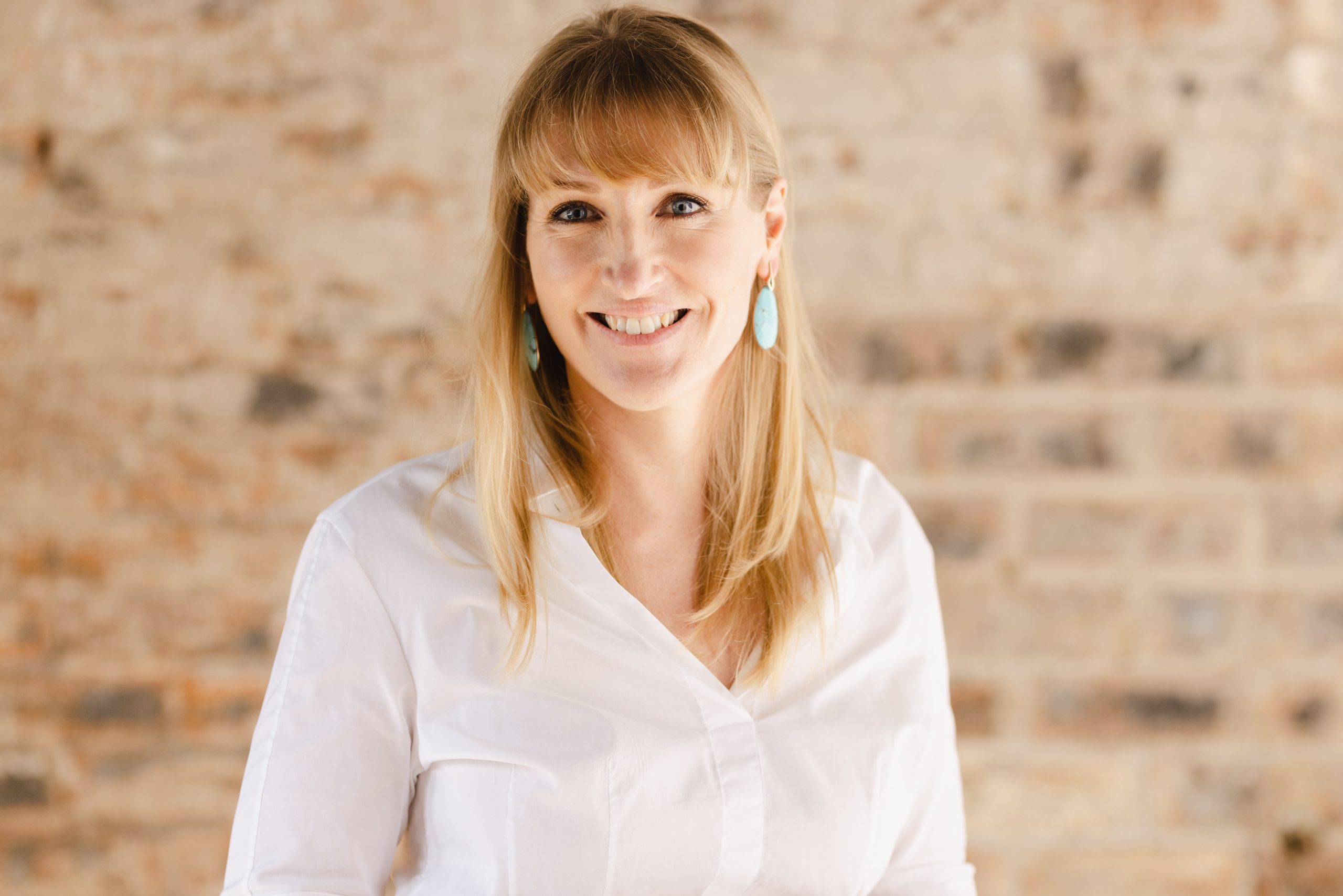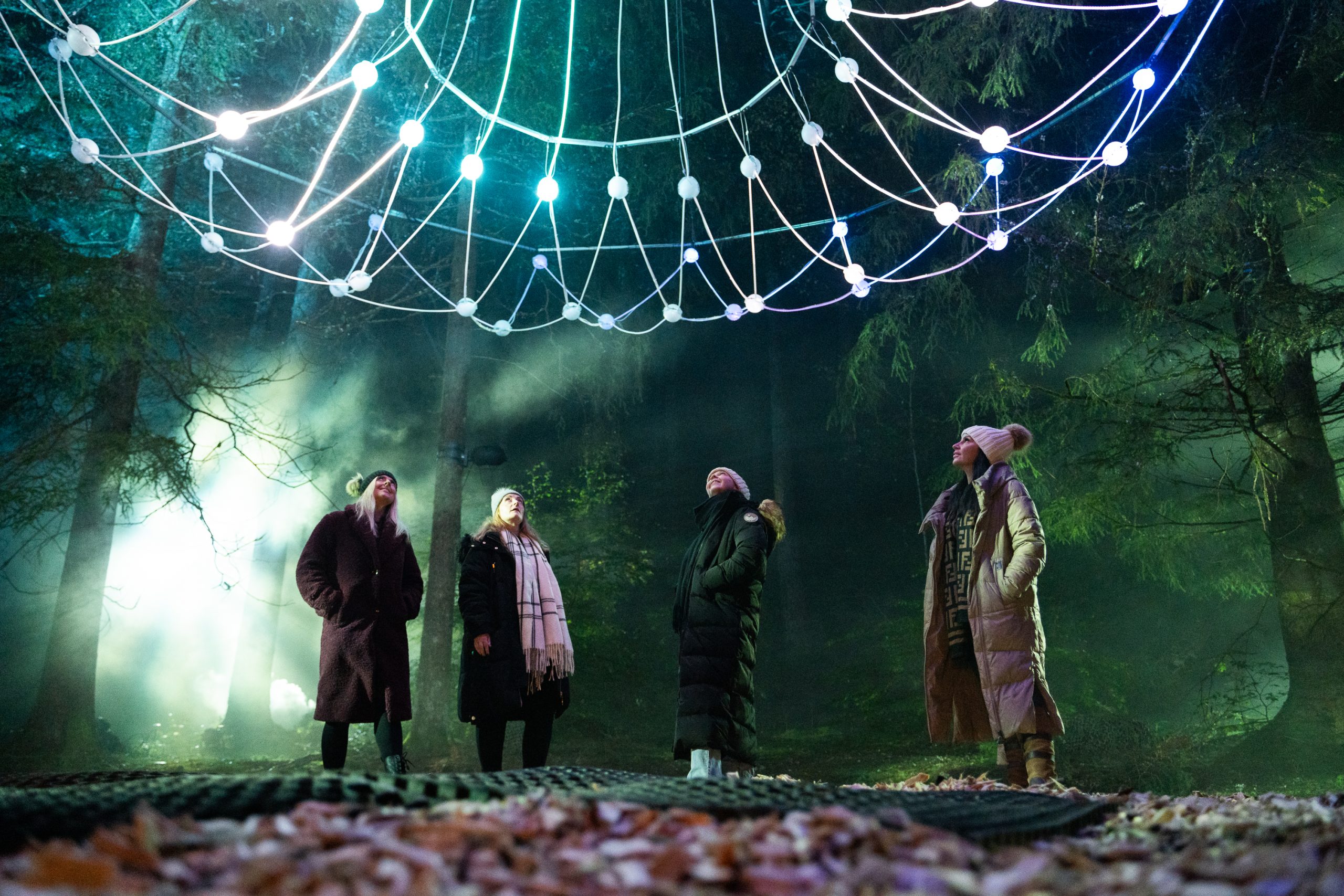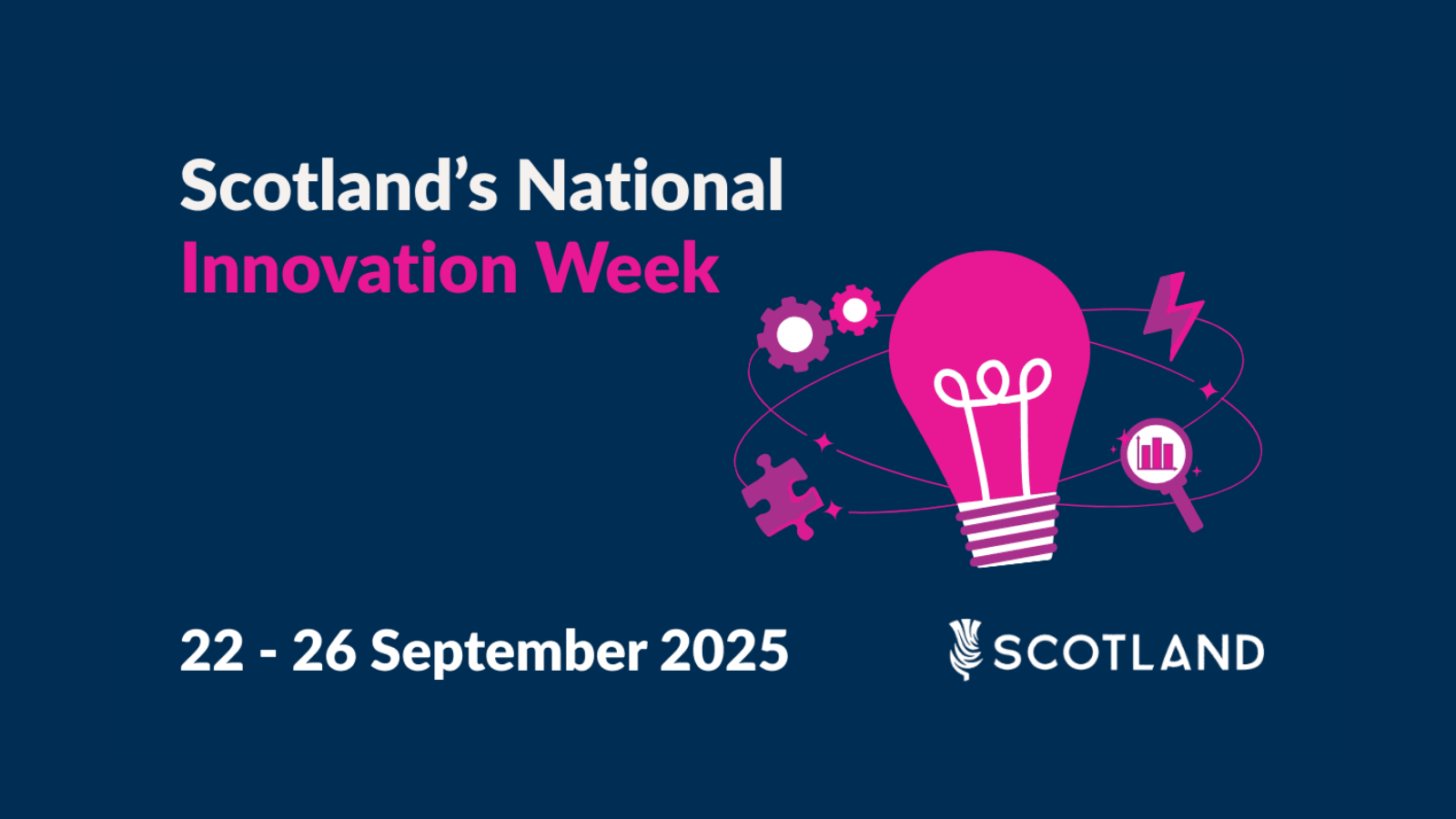Blog
Interface’s “Southern Belle” looks back on her career supporting business-academic collaborations

I have finally reached the age of retirement and, as I reflect, I have been lucky throughout my career and have always had the most interesting posts. Being a Business Engagement Executive, covering Dumfries and Galloway, and Ayrshire, at Interface since 2013, did not disappoint! I have been in the privileged position to meet some of the UK’s cleverest and most driven people, born entrepreneurs and innovators, people who may have just had a eureka moment, people who want to improve their local communities, people who care about their environment and people who want to improve the lives of others, I have also met one or two eccentric innovators along the way!
When I first started at Interface, I had absolutely no idea of the depth of knowledge and expertise, and amazing equipment and facilities, that Scottish universities and colleges have on offer to help develop the many varied businesses, and social enterprises in Scotland. Anyone who has an innovative idea, is facing a challenge in the workplace, or wants to develop new products, processes or services can access academic support. It can be daunting and a bit intimidating, if I am honest, to know where to begin with universities and colleges, identifying and articulating what expertise is required isn’t always easy, but that’s where I came in! My role was to take that confusion and hassle away and find the right academic for the client, whether a business or organisation, and to present suitable and innovative projects that would interest a university or college, which would ultimately help grow the Scottish economy or improve the local community. Sounds so easy doesn’t it!
One of my earliest and committed clients was Katie Vance of Bubble FLO®. Katie is a mum, a teacher and has a background in farming. (Incidentally, farmers are natural innovators – they need to be, because they work remotely and famously don’t like to waste money, they often must adapt equipment and come up with new ways of doing things in order to survive.)
The idea of creating a Bubble PEP (Positive Expiratory Pressure) device evolved when Katie’s young daughter was diagnosed with a lifelong respiratory condition and the equipment supplied to carry out vital twice daily physiotherapy was very basic and lacked visual engagement for young children. When Katie discovered there was no specific paediatric equipment available, she decided to develop her own child-friendly Bubble PEP Device which would be fun, engaging, effective in clearing secretions from the lungs, aesthetically pleasing, portable and easy to empty and re-fill. She quickly recognised that such a product could be revolutionary in this critical field and approached Business Gateway for support. They in turn put her in touch with myself and I was able to set up a joint collaboration project with Kath Sharp from Glasgow Caledonian University and Professor Terence Gourlay of University of Strathclyde with the help of a Scottish Funding Council Innovation Voucher, to develop her physiotherapy medical device.
It’s been a long journey, with a new baby, 40 prototypes of her device, a nomination for Innovator of the Year at the Scottish Knowledge Exchange Awards, winning the Wild Card at the Scottish EDGE competition, all before Katie was eventually able to take her product to market in 2023. In addition, Interface was also able to help Katie with marketing support from students at the University of Strathclyde and with the creation of an animated video educating children on how to use the equipment by students at Edinburgh Napier University. The most satisfying aspect of this project for me is that Katie’s Bubble PEP has the ability to improve the life of children who suffer with respiratory conditions as it helps clear and strengthen their weakened lungs and has the potential to keep children out of hospital, which in turn is good for the children, it helps parents lead normal lives and it saves money for the NHS, so a win-win-win all round.
Another highlight for me was supporting one of Scotland’s most important industries when Covid hit. We were challenged with what we could do to help businesses during this unprecedented period. I knew that the tourism industry would be badly affected, and whilst we couldn’t wave a magic wand, we could help the tourism businesses be prepared for when the country opened its doors again. I canvassed academic experts in business planning, data insights, pricing, expertise in developing new products and services, the circular economy and marketing, along with students at the universities and asked if they would be prepared to help tourism businesses develop new products and processes, develop marketing strategies, improve website, and create new media materials such as videos and animated videos. I received a great response and was heartened by the enthusiasm of the students, many of whom were international and were heading home to isolate with family, but said they wanted to give something back to Scotland as a thank you for their time at Scottish universities. In total, we ended up filtering interest down to 80 suitable applications and we were able to match businesses and academics from 12 Scottish universities and students from Australia, France, Spain, Greece, Italy and Scotland all working remotely without payment to help Scottish tourism get back on its feet.
One organisation to benefit from this initiative was Wanlockhead Museum. The museum was lucky enough to be paired up with academic friends, Dr Kirsten Cowan of University of Edinburgh and Dr Alena Kostyk of University of Glasgow who worked closely and tirelessly with Katherine Linsell, one of the trustees at Wanlockhead Museum Trust. The academics were able to secure funding for the project that included ESRC (Economic and Social Research Council) Impact Acceleration Account funding from the University of Glasgow; allowing them to create and test digital marketing solutions for the museum as well as being able to purchase the necessary equipment to do this. A static scenes VR tour for the Wanlockhead’s Lead mine, Miners’ library, and Miners’ cottages was created. A small pre-Christmas Facebook campaign was also developed, tested to facilitate donations to the Wanlockhead’s fundraiser, and to build social media following. Alena, Kirsten and Kate have continued to work together with student projects and it is an excellent example of building up a long and lasting relationship with the universities for the future.
I have loved the diversity of my job, from crash testing dog transit boxes to the development of Robert Burns Minecraft, and I have worked with some of the most creative and talented clients. Partnership working was always at the forefront of everything I did and I couldn’t have done it without the support of all my team at Interface, intermediaries at organisations such as Business Gateway, economic development at the local councils, Scottish Enterprise, South of Scotland Enterprise, business engagement staff at the universities and colleges and all their dedicated academics, so thank you for the fantastic experience and may Scotland continue its long tradition of being one of the world’s most innovative small nations.



